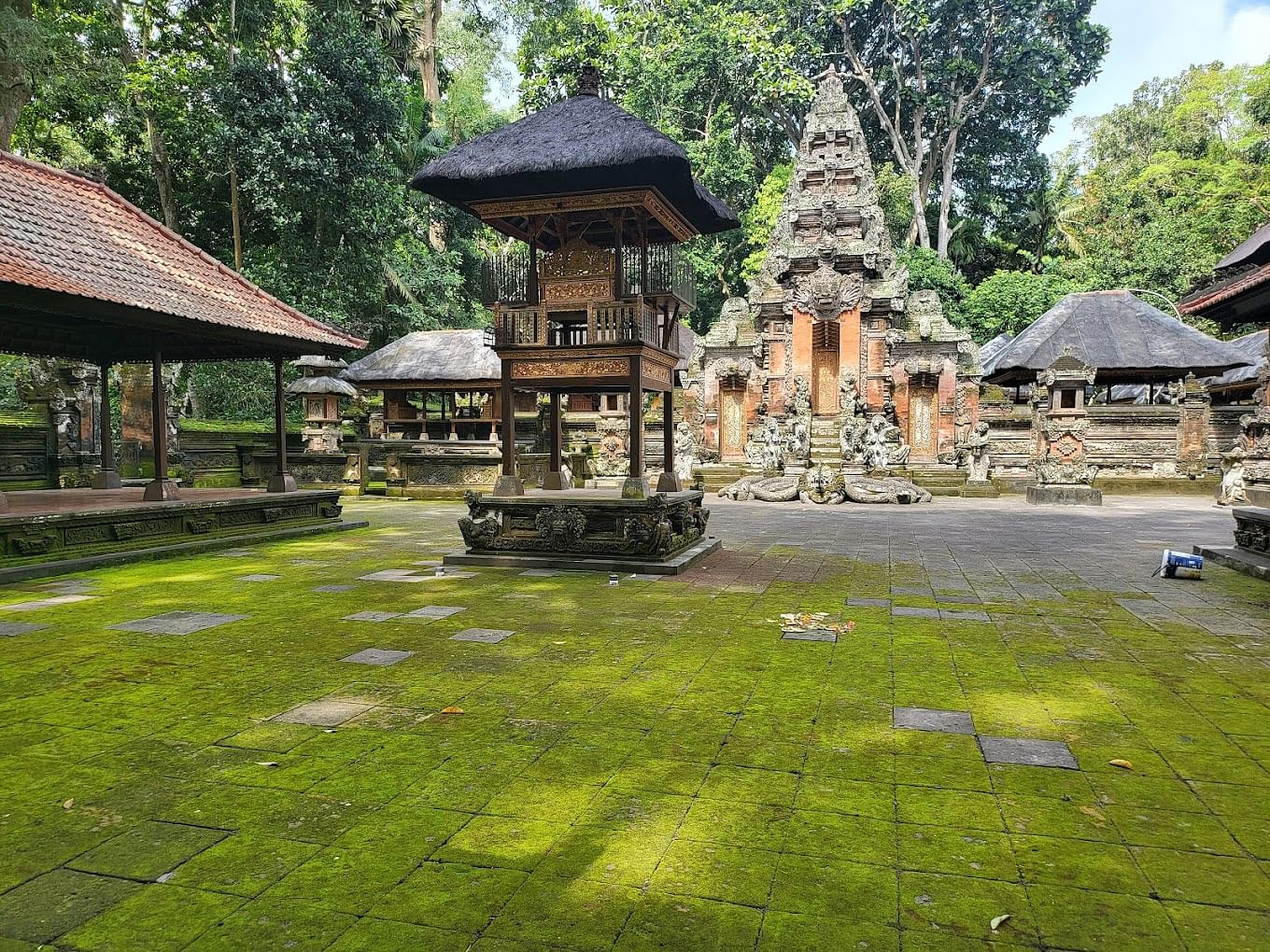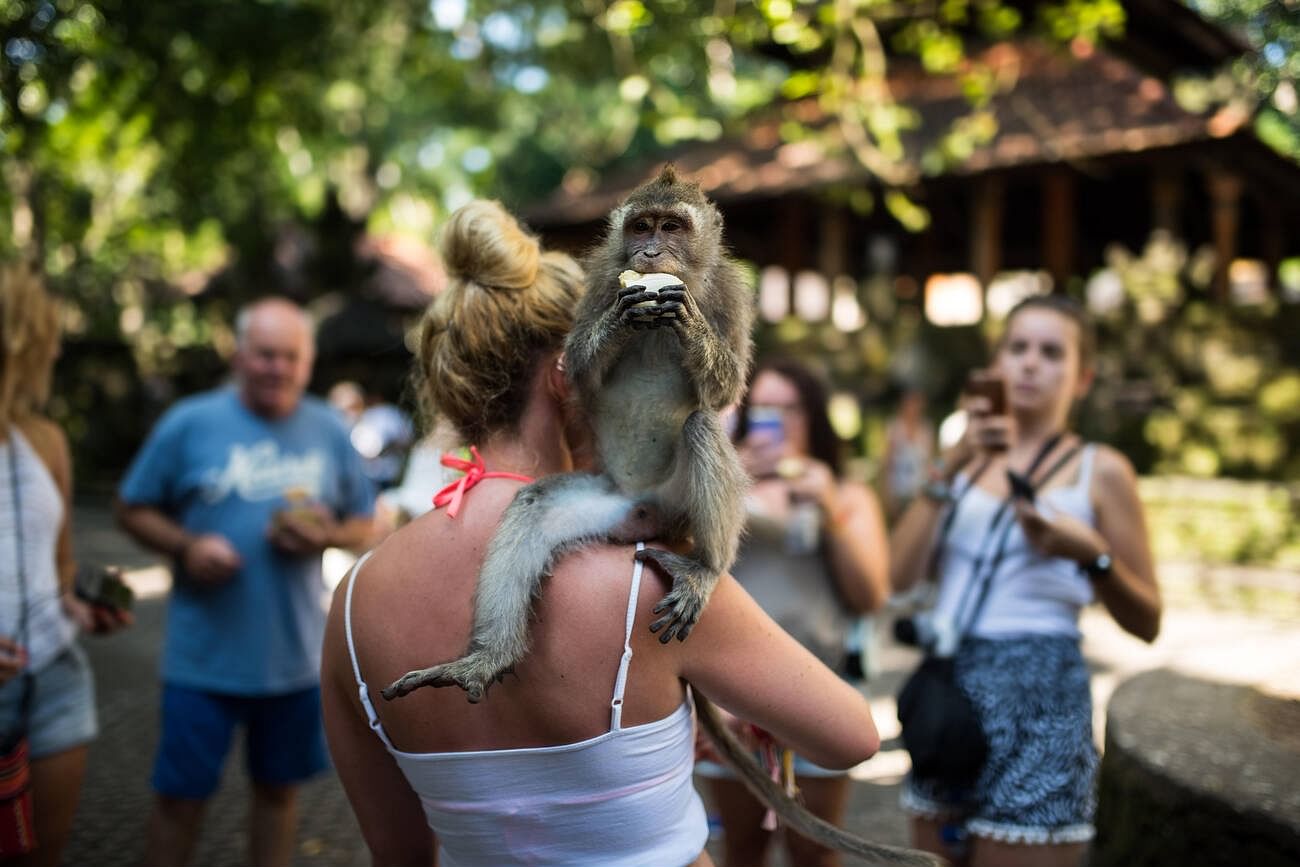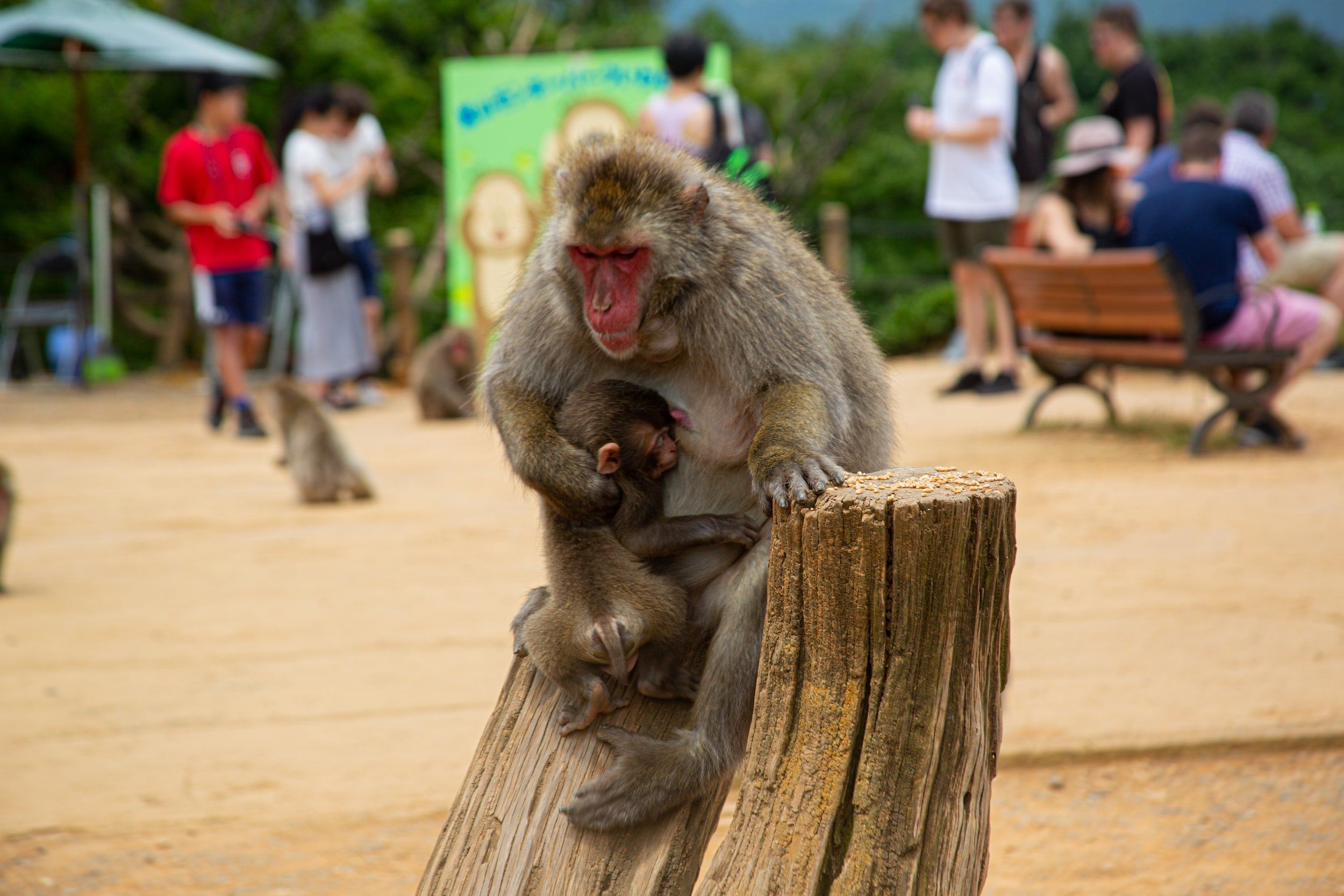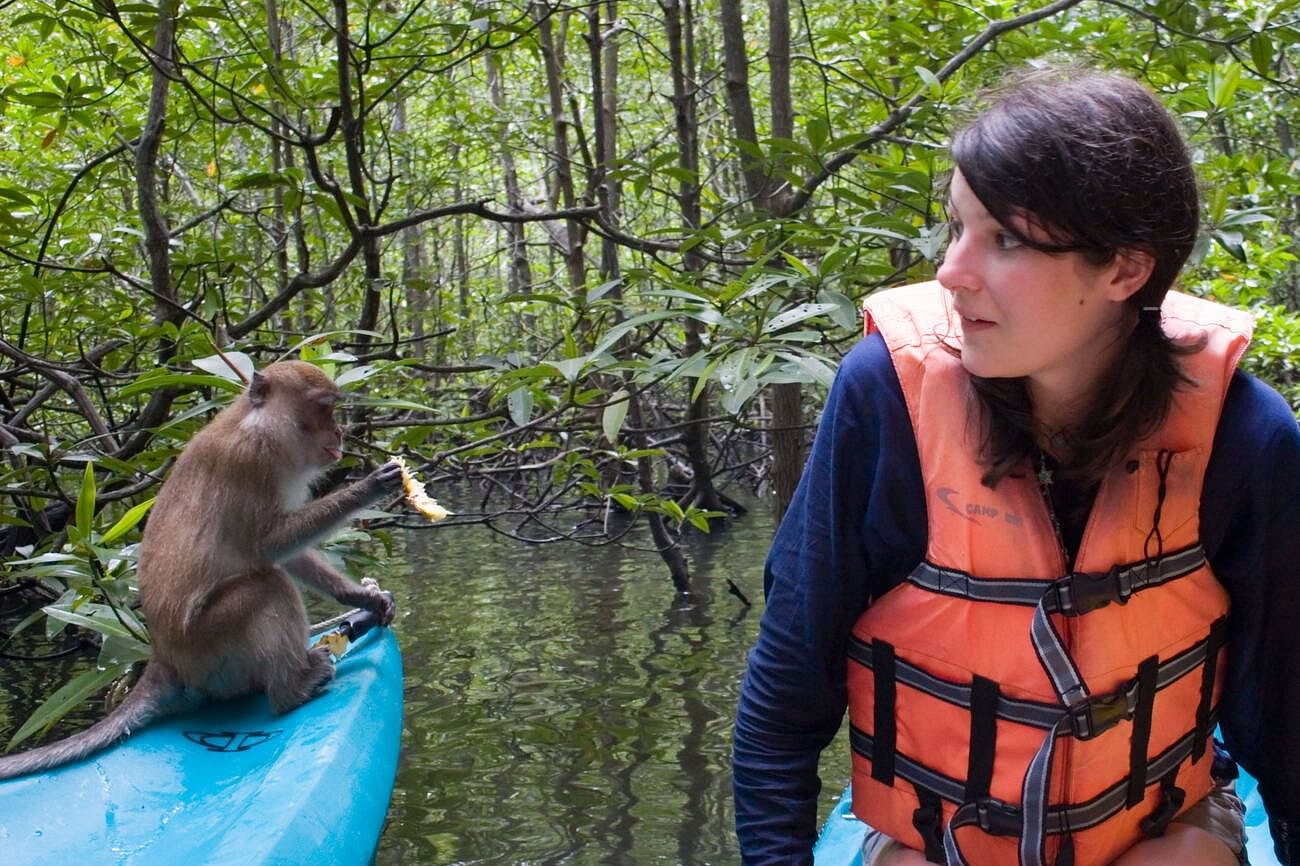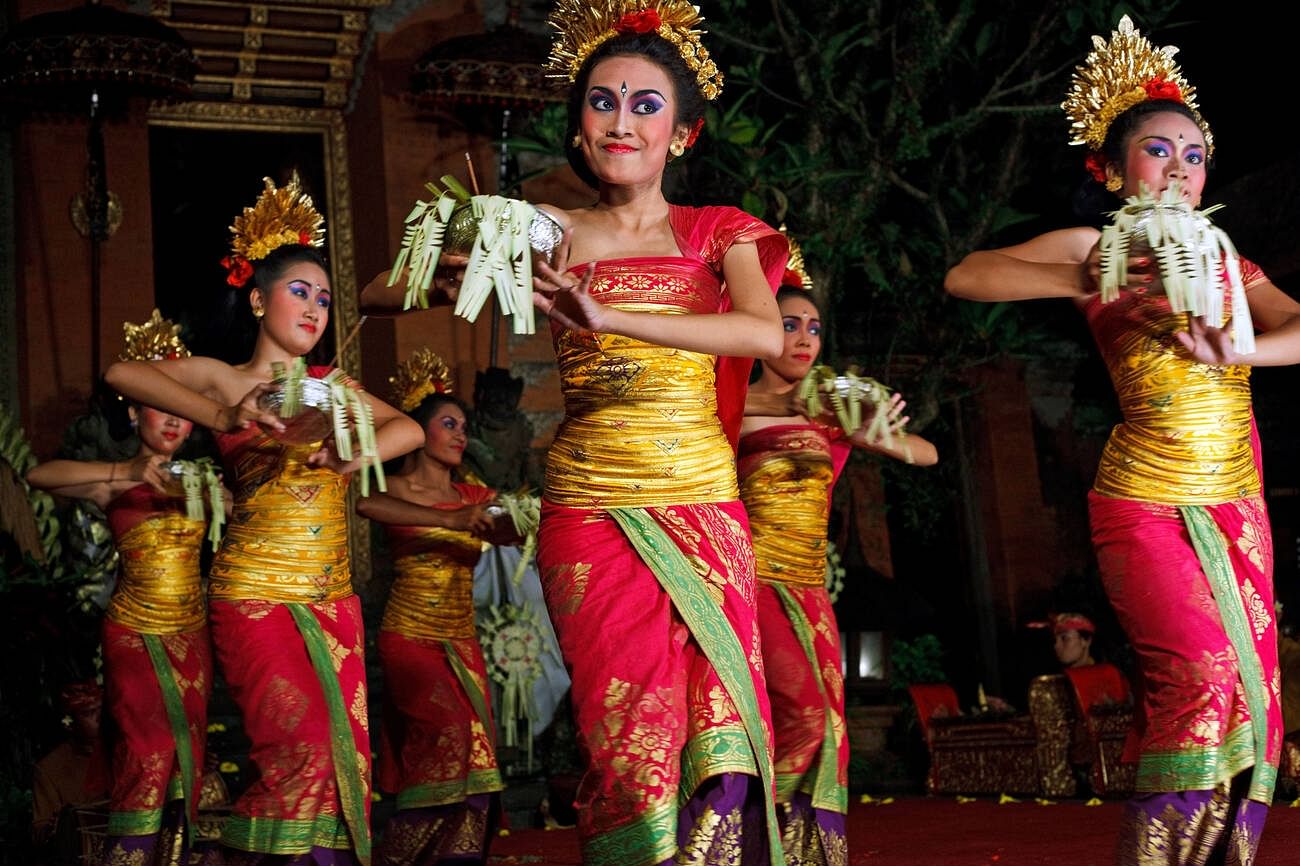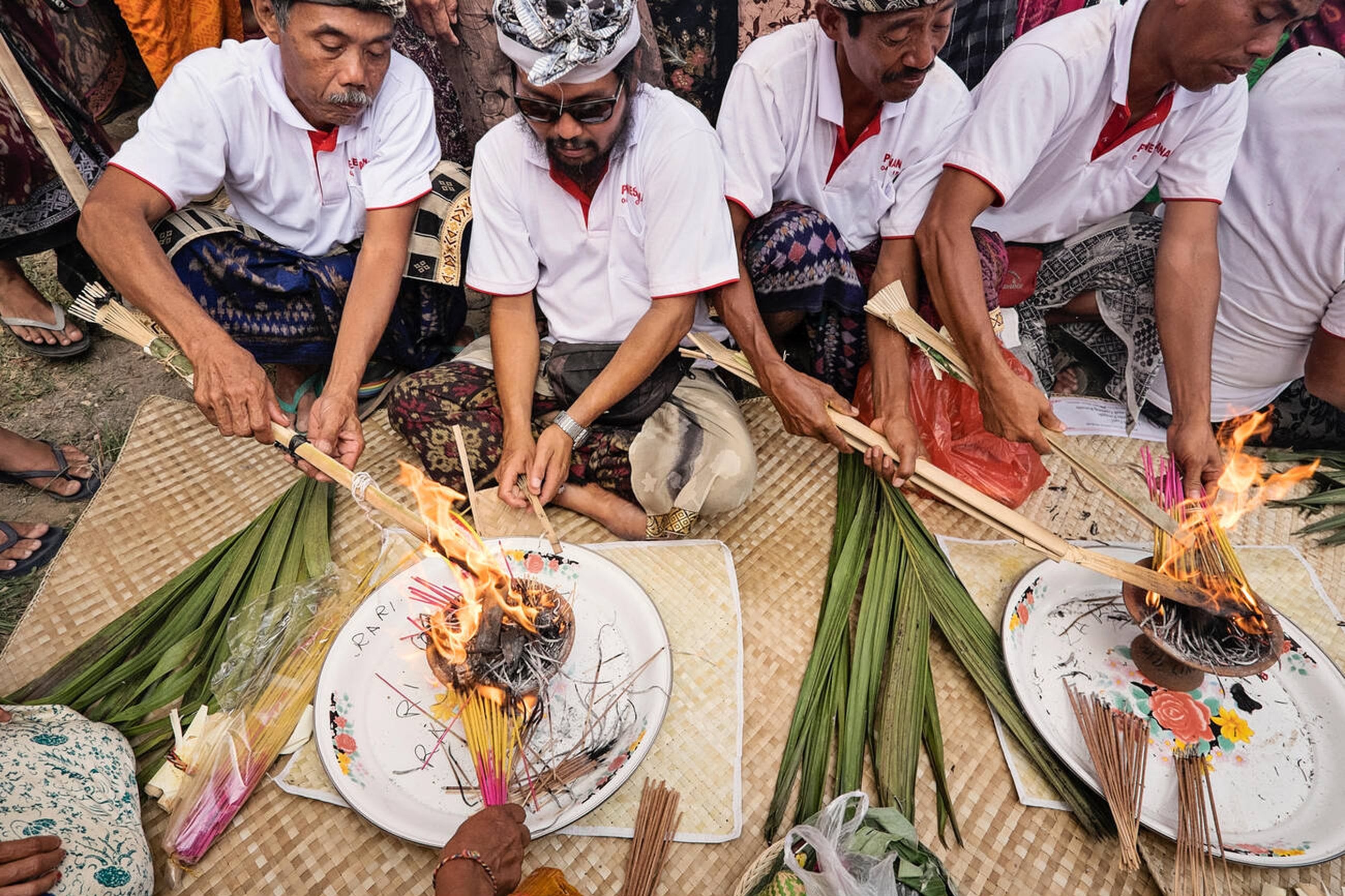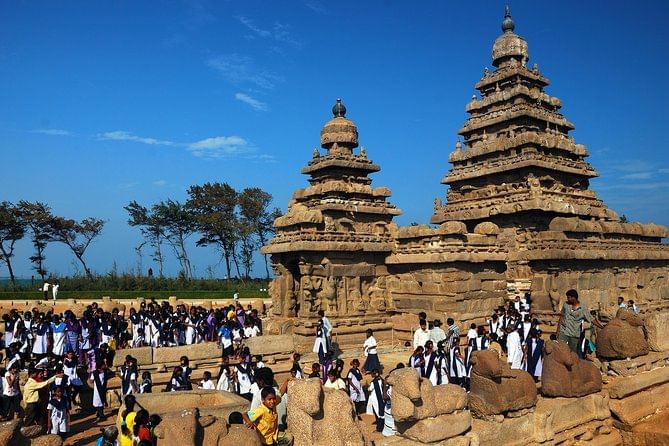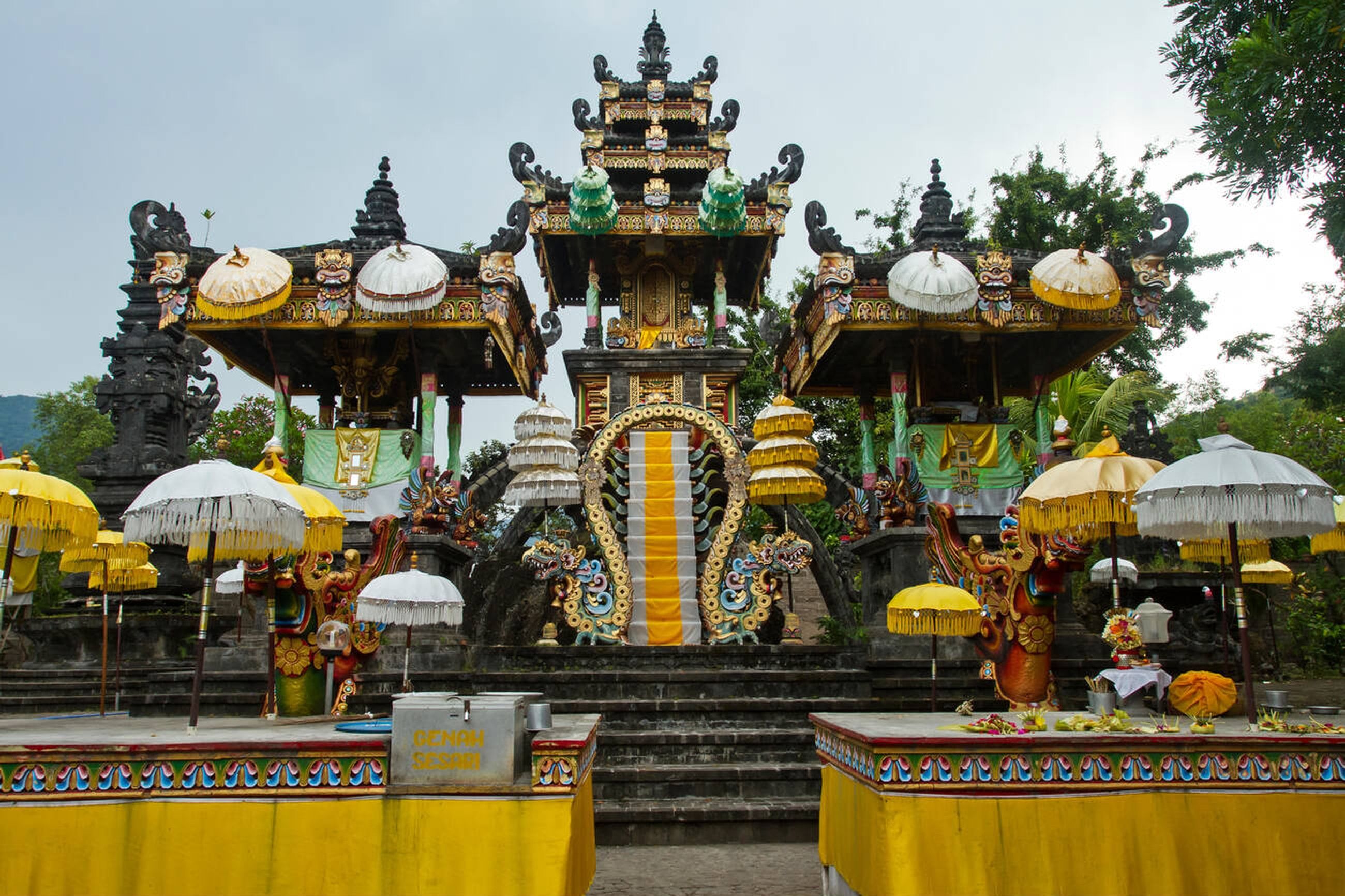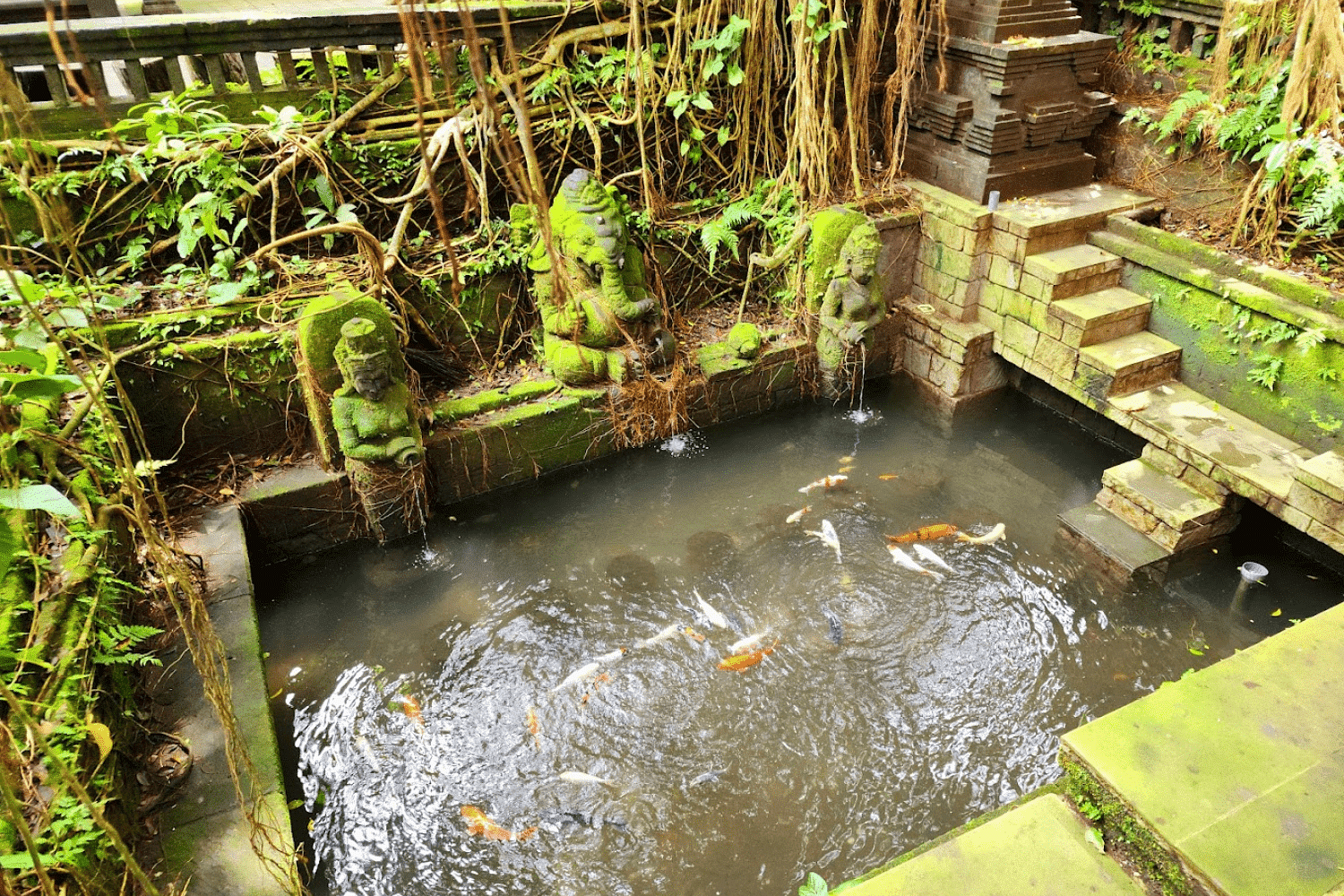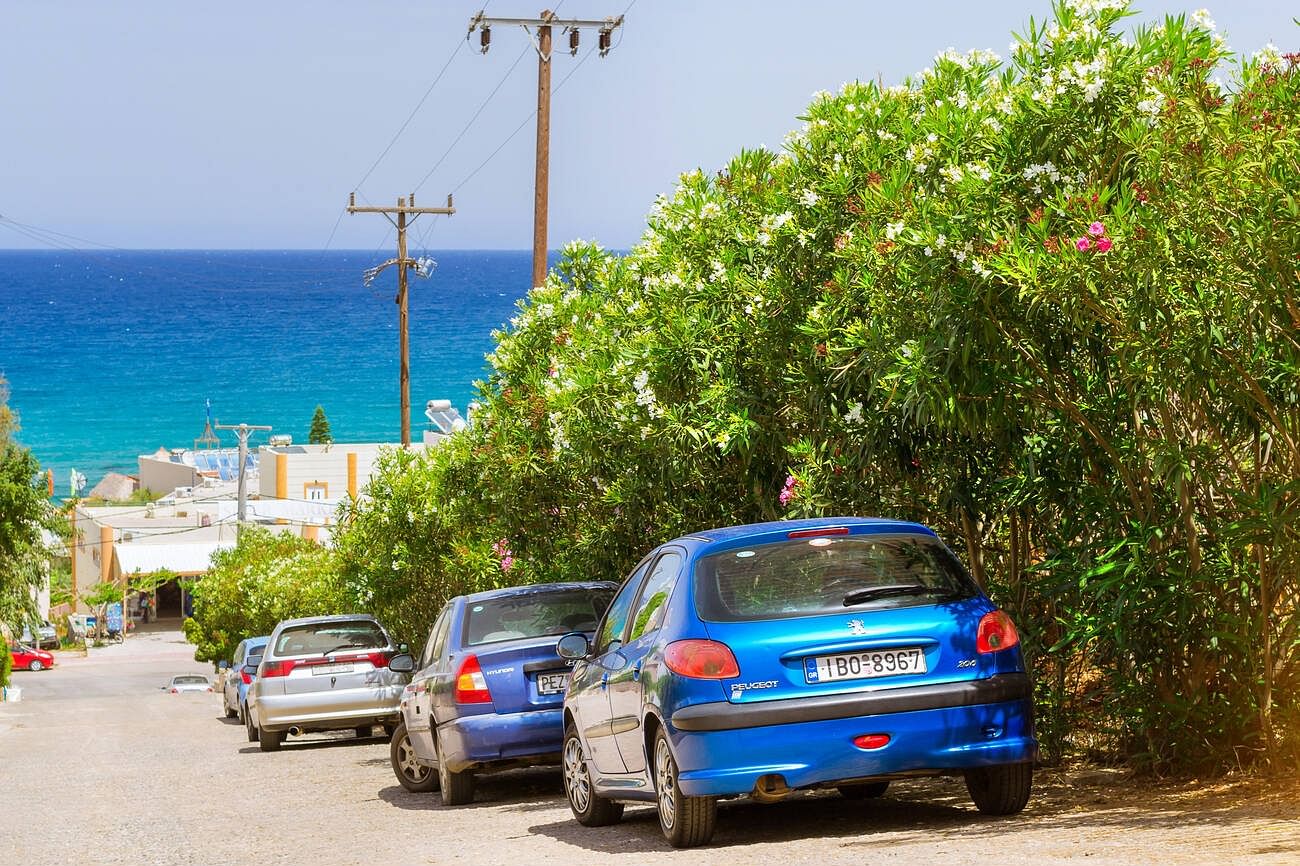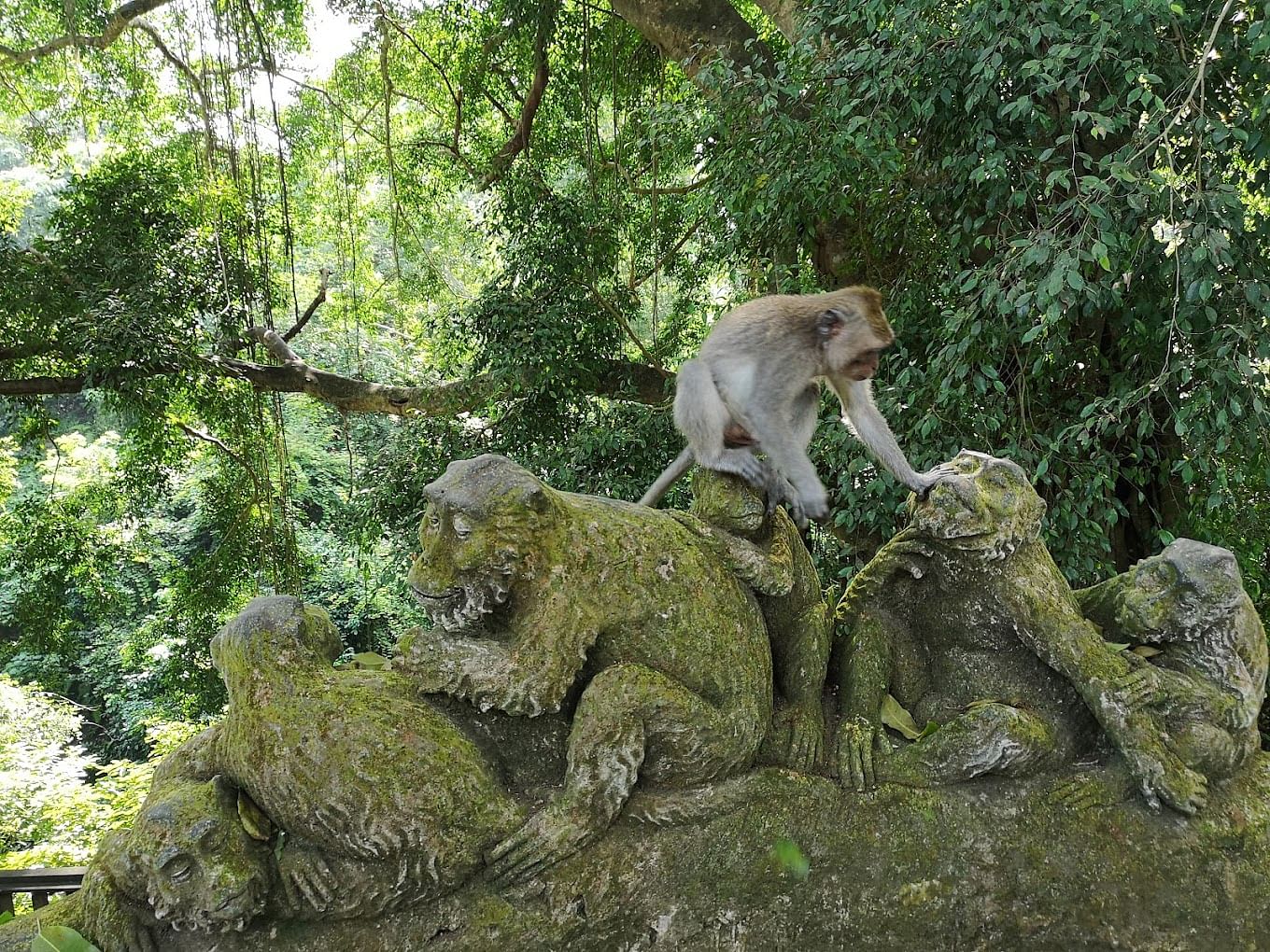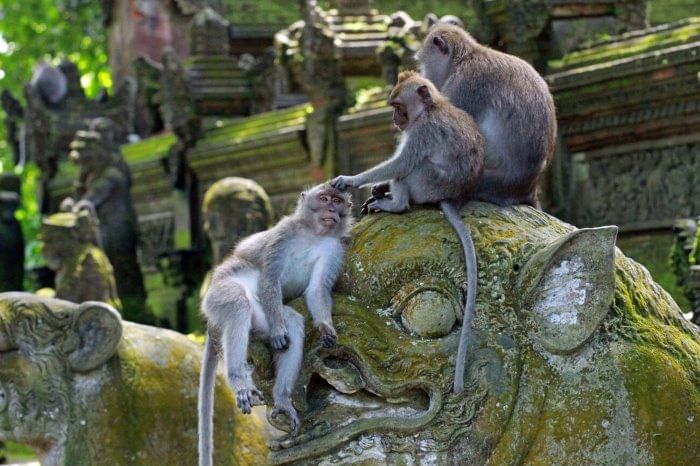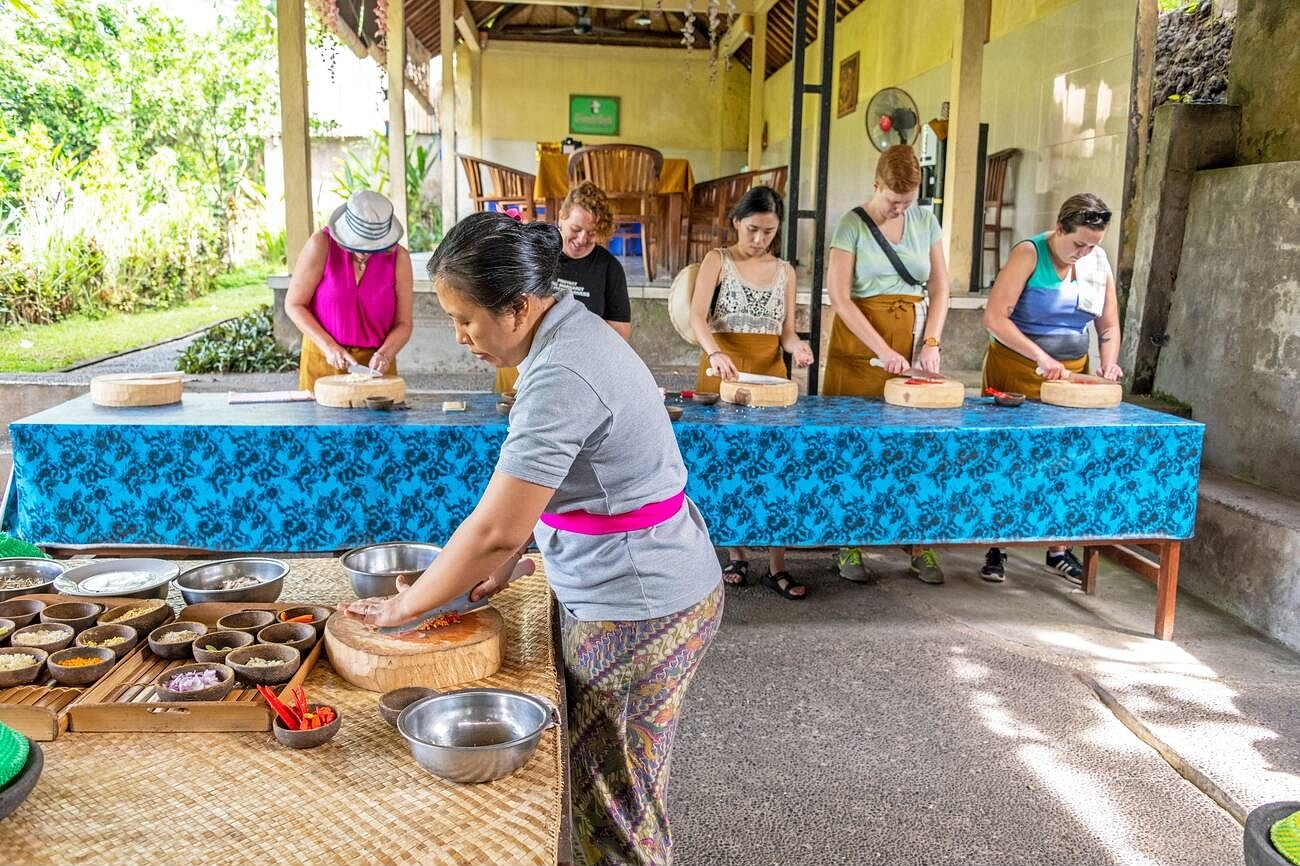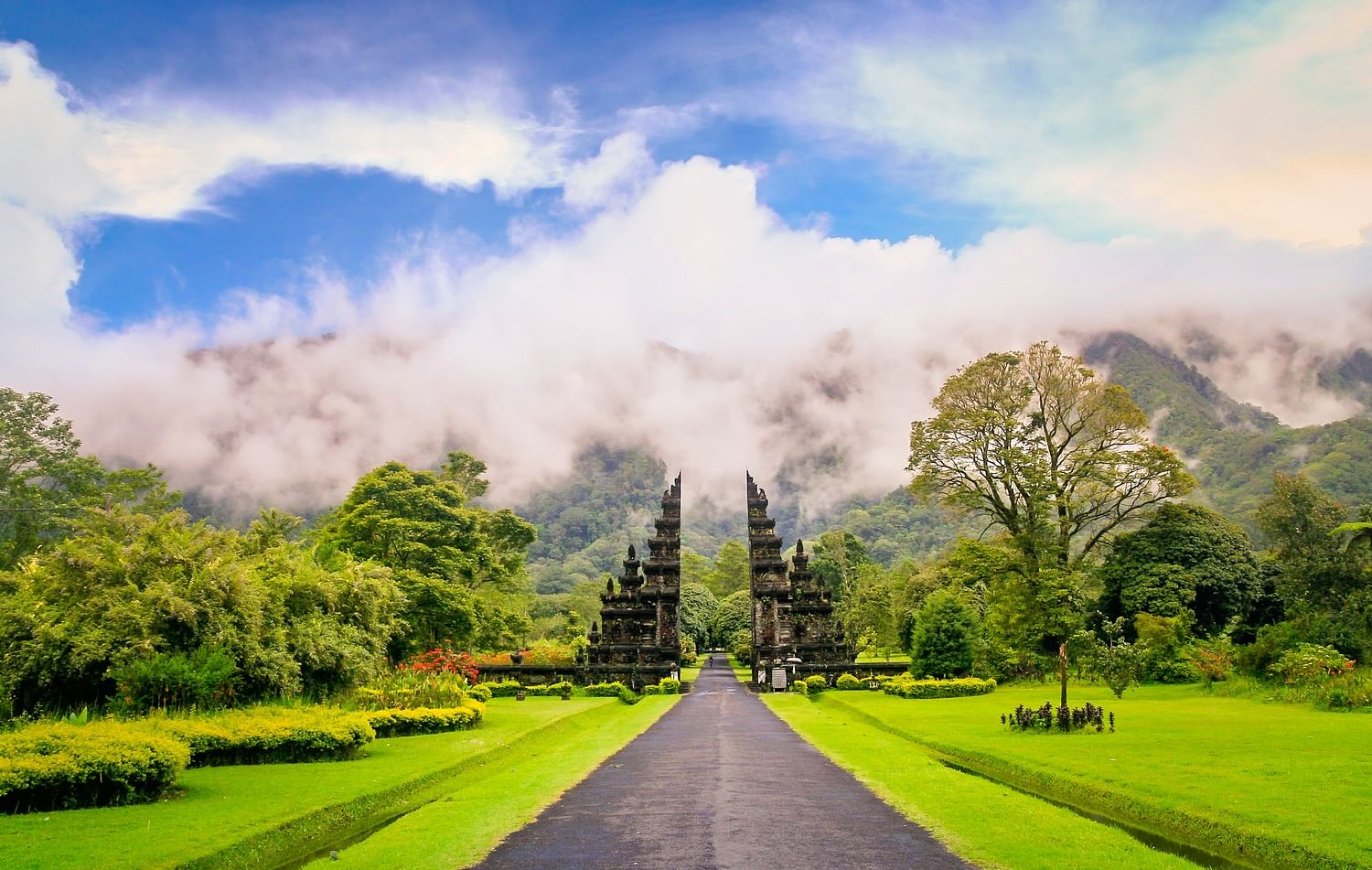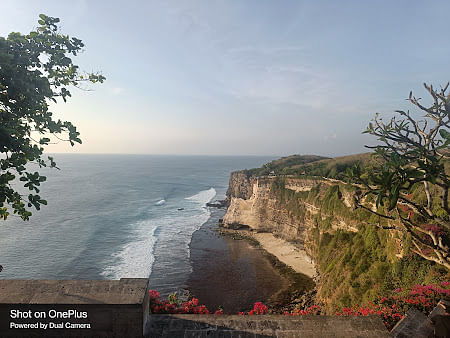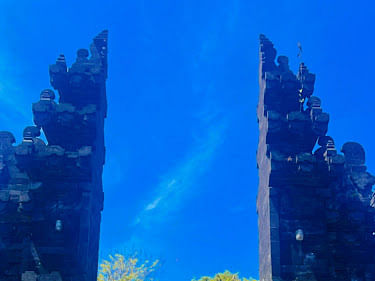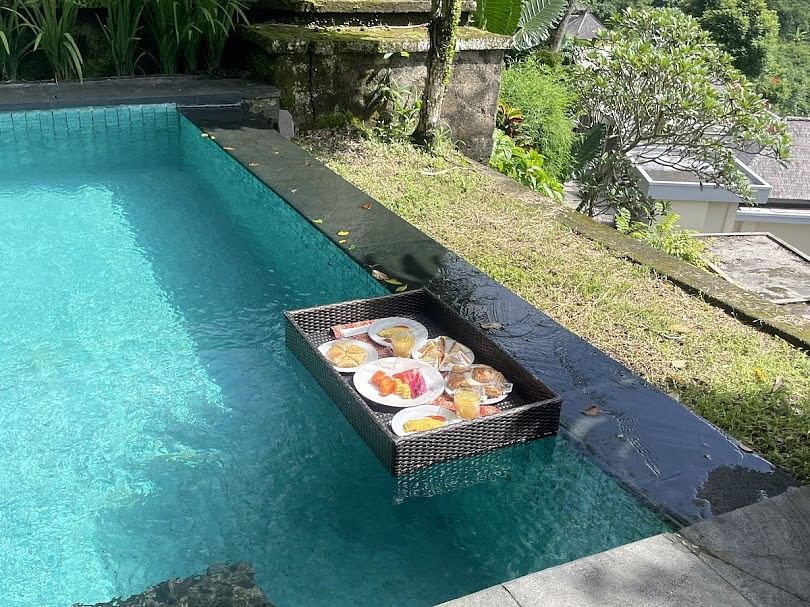Ubud Monkey Forest is one of Bali's most enchanting destinations. It is a 12.5-hectare lush tropical forest with over 1,000 long-tailed macaques roaming freely alongside ancient Hindu temples and mystical stone sculptures.
Located in the heart of Ubud, the forest serves as both a conservation area and a living temple complex, where Balinese Hindu ceremonies still take place among the towering trees.
Whether you're seeking wildlife encounters, cultural experiences, or spiritual moments, Ubud Monkey Forest promises an unforgettable journey into the island’s sacred world, making it a must-visit on any Bali Trip. Let’s explore Ubud Monkey Forest tickets, the best time to reach, tips & more right away!
Ubud Monkey Forest - Tourist Info
our most recommended bali tour packages
A Sacred Forest Where Monkeys & Spirits Meet
Sacred Monkey Forest Sanctuary Bali has a special story that goes back to the 14th century. For centuries, local Balinese people have believed this forest is a holy place filled with spiritual powers and protective spirits.
The monkeys living here aren't just regular animals; they're considered sacred by the Balinese. People believe these playful creatures bring both protection and mischief, creating a special bond between humans and nature.
In the 20th century, people realized how important this forest was for protecting wildlife. They started working hard to keep the forest beautiful, teach visitors how to respect it, and show everyone why this place matters so much to Balinese culture and the environment.
Today, Monkey Forest Ubud is a treasured sanctuary where people from around the world come to enjoy nature, watch the fascinating monkeys, and help protect this magical place for future generations.
Best Things To Do At Monkey Forest Ubud
Want to explore the Sanctuary Ubud Monkey in Bali like a local? Here are the best attractions and experiences to discover:
1. Interact With Balinese Long Tail Monkeys
Over 1,000 long-tailed macaques call this sacred forest home, forming distinct family groups across different territories.
What makes them special? They use grooming as their social language; cleaning each other to build friendships and show respect. These intelligent creatures are best appreciated from a respectful distance.
Watching traditional Balinese dances at Monkey Forest with beautiful movements, colorful costumes, and captivating music is one of the best things to do in Bali.
2.1. Lubdhaka Dance - Based on the Mahabharata epic, this dance tells the story of Lubdaka, a wise fisherman. It explores themes of loyalty, sacrifice, and good triumphing over evil.
- Timings: 11 am onwards on Saturdays and Sundays
2.2 Frog Dance - Mimics playful frog movements with energetic choreography, telling stories of the gods' sacrifice and good triumphing over evil.
- Timings: 11 am onwards every Sunday
3. Experience Ngaben - Cremation Ceremony
Witness this joyful Balinese Hindu ritual that helps souls reach the afterlife. Bodies are placed in elaborate bamboo structures called "bade".
- Time Period: Held every 5 Years
4. Admire Beautiful & Sacred Temples
The three ancient temples in the forest are open only for prayers. Though tourists are not allowed to enter these temples, they can admire them from outside.
4.1 Pura Dalem Agung - Dedicated to God Shiva "The Transformer" and Goddess Durga, balancing cosmic forces.
4.2 Pura Beji - A Holy Spring Temple for spiritual purification rituals dedicated to the Goddess Gangga.
4.3 Pura Prajapati - The Cremation Temple protecting souls until mass ceremonies, dedicated to Brahma Prajapati
5. Explore Stunning Statues
Admire sacred stone sculptures that tell ancient stories of gods and spirits:
5.1 Aspect of Four Brotherhood - It represents four animal statues (including boar and komodo) at the lobby, welcoming souls entering the afterlife.
5.2 Candi Terbelah - It represents a mountain with forests and animals. Stone carvings show wildlife like owls (death symbols), snakes, and other dangerous creatures.
5.3 Durgama Cave - Contains Shiva's lingga statue and Durga reliefs
5.4 Dhurga Devi - Goddess Durga, known as the Mother of the Universe, has many forms and names. A Tiger statue here represents the goddess's mount.
5.5 Goddess of Sri - Goddess Sri statue holding rice, and the three fountain statues on the north side of Yoni Pool represent fertility, ensuring abundant harvests.
What Is The Best Time To Visit Ubud Monkey Forest?
Explore the best time to visit Bali’s Monkey Sanctuary below:
Dry Season(April - October)
The dry season runs from April to October, and here’s why it is the best time to visit Ubud Monkey Forest:
- Weather: Clear skies with temperatures between 20°C-31°C (68°F-88°F).
- Rainfall: Minimal rainfall (57-85mm monthly), with August being the driest month at just 40mm.
- Ideal For: Experiencing less humid, sunny days and easier forest walks.
- Challenges: July to September is the busiest time, with more crowds.
Wet Season(November - March)
The wet season runs from November to March, with different conditions:
- Weather: More rainy days, higher humidity, occasional thunderstorms, and typically higher temperatures between 23°C-33°C (73°F-91°F).
- Rainfall: Heavy rainfall, with January being the wettest at 342mm total.
- Ideal For: Enjoying a greener forest with fewer crowds.
- Challenges: Unpredictable heavy downpours cause slippery and muddy trails.
Best Time Of Day
The best time to visit the forest is between 8-10 AM or 4-6 PM, early morning or late afternoon.
Here’s what you can expect:
- Fewer Crowds: Beat the tourist rush by arriving early or staying late.
- Active Monkeys: Cool temperatures make monkeys more playful and social.
- Comfortable Weather: Avoid the hot midday sun when the forest gets very warm.
How To Reach Monkey Forest Ubud In Bali?
Wondering how to reach Bali’s Monkey Forest? Here are the best ways below:
How To Reach Monkey Forest Bali By Air
- First, fly into Ngurah Rai Airport (Bali's main airport).
- Once you land, you can choose any transport option below to complete your journey.
- From the airport, it's a 1 to 1.5-hour journey to reach Monkey Forest Ubud.
How To Reach Monkey Forest Bali By Hiring A Private Car With Driver
- Hiring a car and driver is one of the best ways to commute in Bali.
- Your driver will pick you up from the airport, hotel, or anywhere in Bali and take you directly to the forest entrance.
- This is perfect for families or groups who want comfort and don't want to worry about navigation.
- Cost: Starts from ₹3,175 (IDR 600,000)
How To Reach Monkey Forest Bali By Private Tour
- Opting for private tours is one of the most convenient ways to explore Bali. Especially for first timers!
- These tours typically include Monkey Forest along with other best places to visit in Bali, like rice terraces, temples, and more.
- The best part? They handle all transportation, entry fees, and sometimes meals.
- Cost: Starts from ₹42,999/- for 4 to 5 days.
most enjoyed bali tour packages by our travellers
How To Reach Monkey Forest Bali By Renting A Scooter/ Car
- Bike: Renting a bike is perfect for solo travelers or couples wanting freedom to explore at their own pace. (If you have good driving skills, navigating Bali's narrow roads)
- Scooters are ideal for finding parking easily near the forest entrance.
- Car: Ideal for families, groups, or those wanting air conditioning and storage space.
- Many hotels can arrange rentals with airport delivery.
- For both transports, it's important to carry a valid international driving license and passport.
- Cost:
- Car Rentals: Starts from ₹2,911 (IDR 550,000)
- Scooter Rentals: Starts from ₹318 (IDR 60,000)
How To Reach Monkey Forest Bali By Ride-Hailing Apps
- Download popular apps like Gojek or Grab for convenient door-to-door service.
- However, these apps may cost more if you plan to visit multiple attractions in one day.
- Avg Cost: Around IDR ₹55 (IDR 10,000) for 10 km
How To Reach Monkey Forest Bali By Bus
- If you buy a single one-day pass, the Kura-Kura Bus system is one of the cheaper transport options from the airport to Ubud.
- These buses run from south Bali to Ubud twice daily.
- Once in Ubud center, free shuttle buses run every 15 minutes to the forest, or it's just a 15-minute walk.
- Pass Cost: Starts from ₹265 (IDR 50,000)
Essential Tips For Visiting Ubud Monkey Forest, Bali
By keeping these essential tips in mind, you can have a memorable and respectful encounter with the fascinating world of the Ubud Monkey.
What TO DO:
- Follow Sanctuary Rules: Listen to guidelines from staff and local authorities. They're designed for everyone's safety.
- Stay Calm and Quiet: Move slowly and speak softly. Sudden movements or loud noises can scare the monkeys.
- Watch Your Children: Ensure kids understand monkey safety rules and never leave them unsupervised.
- Mind Your Step: Watch for uneven paths and obstacles while exploring the forest.
- Be a Responsible Visitor: Your ethical behavior helps protect this sacred sanctuary for future generations.
What NOT TO DO:
- Don't Wear Jewellery or Glasses: Remove earrings, necklaces, sunglasses, or shiny accessories that attract monkeys.
- Don't Bring or Feed Food: Monkeys can smell snacks and may become aggressive. Human food damages their health.
- Don't Carry Open Bags: Secure paper bags. Monkeys think they contain food.
- Don't Make Eye Contact or Smile: Both are seen as threats in monkey behavior.
- Don't Touch or Chase Them: Let monkeys approach you, but never reach out or run after them.
- Don't Panic: If a monkey climbs on you or grabs something, stay calm until they loses interest.
Why Should You Visit Sacred Monkey Forest Sanctuary Bali?
Sacred Monkey Forest Sanctuary Bali offers a truly unique experience combining wildlife, culture, and spirituality in one magical location. With convenient Monkey Forest Bali timings from 9 am to 6 pm daily, you can easily fit this attraction into your schedule.
The sanctuary provides rare opportunities to observe over 1,000 monkeys in their natural habitat while exploring ancient temples and sacred sculptures. Beyond wildlife, you'll witness traditional Balinese dances and learn about Hindu cremation ceremonies.
The affordable entrance fees make it accessible to all travelers, while the central Ubud location ensures easy access. This living sanctuary preserves Balinese culture while supporting important conservation efforts.





